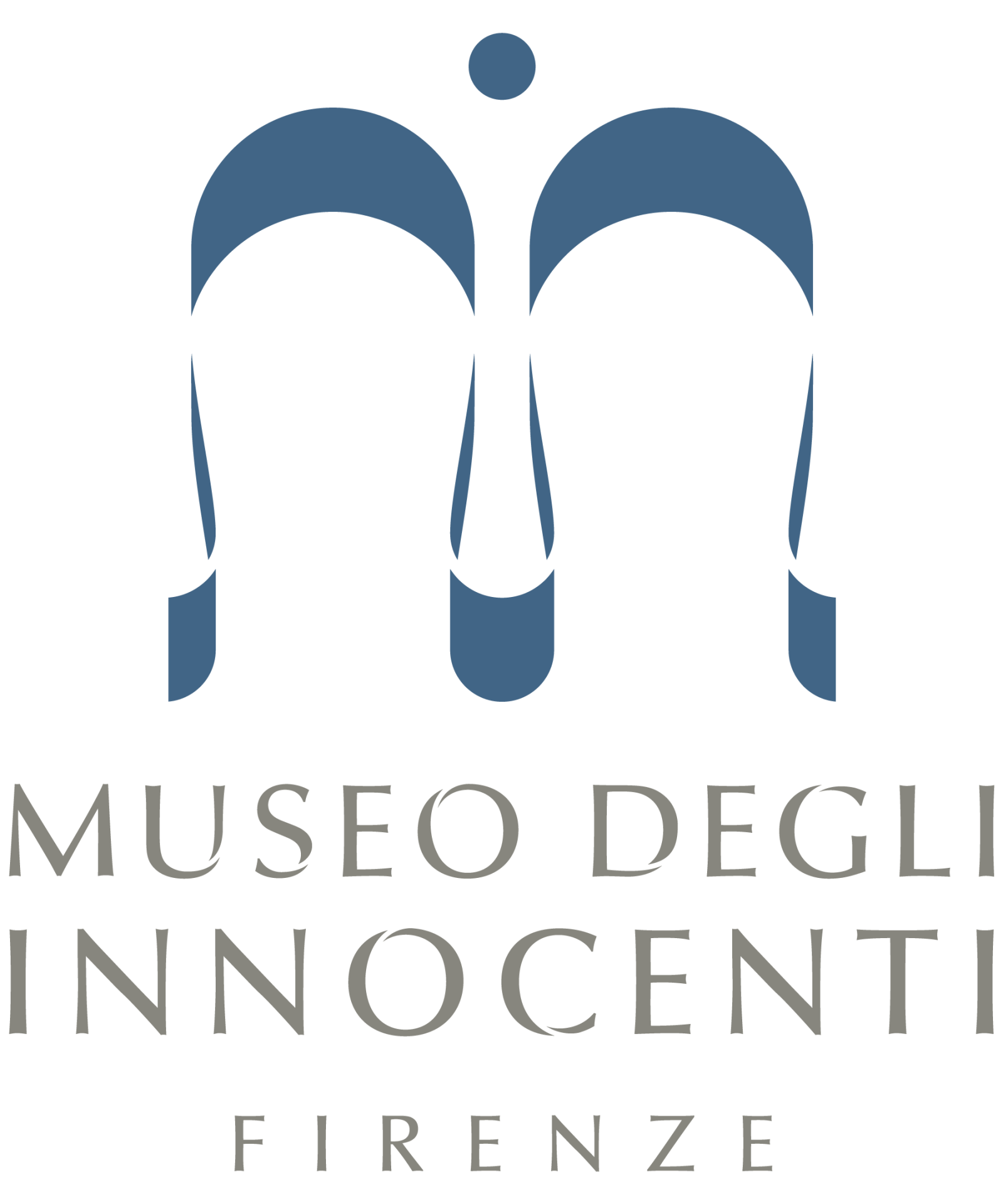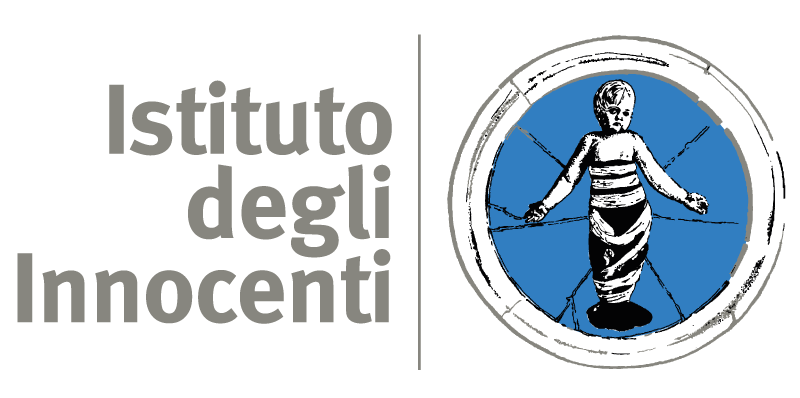History
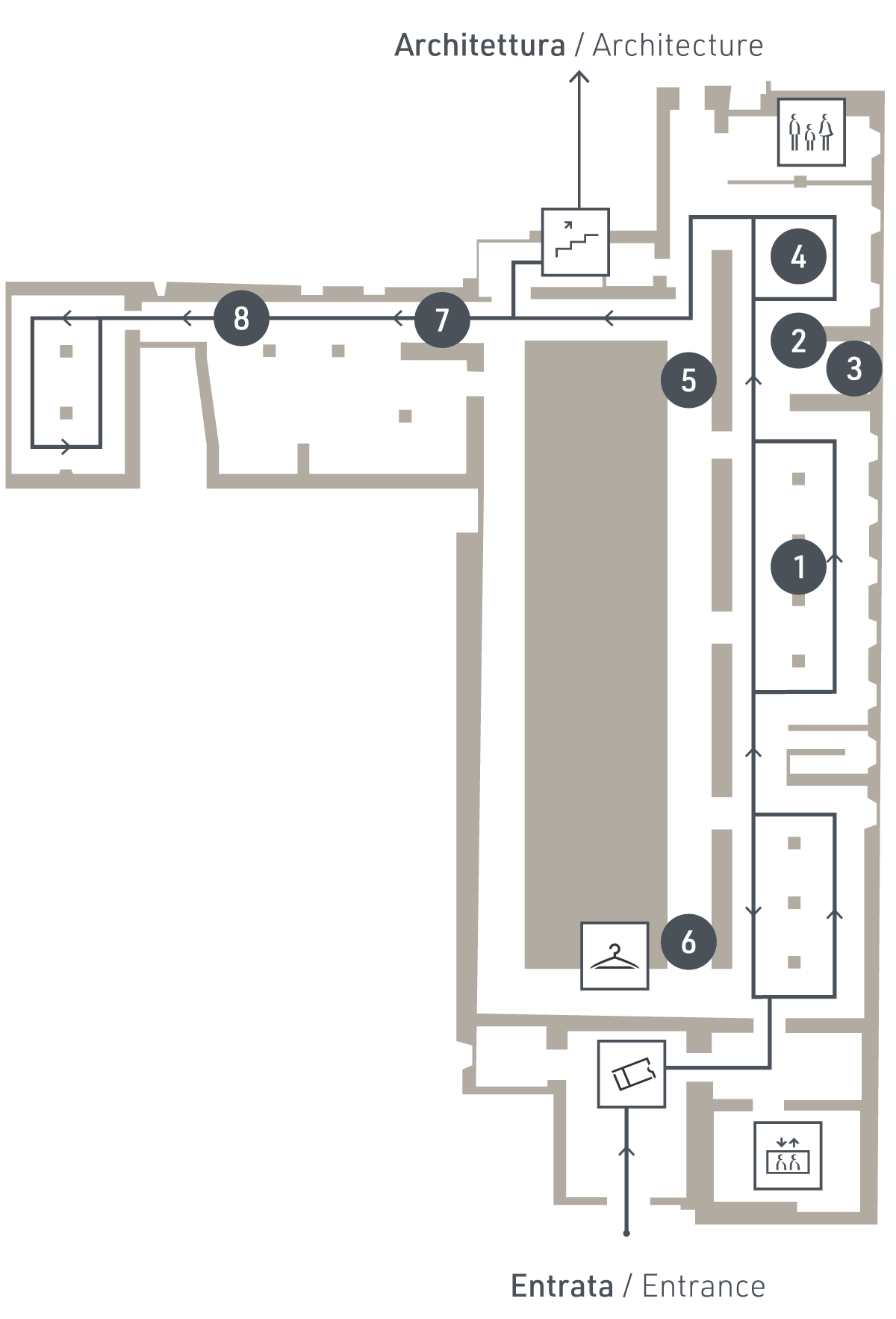
The path dedicated to the history of the ancient institution is located in the basement of the building. On the basis of the documents held by the Historical Archives and studies carried out, together with the display of some works of art and artifacts of special significance, the main events of the care activities of the ancient Hospital up to the 20th century are traced.
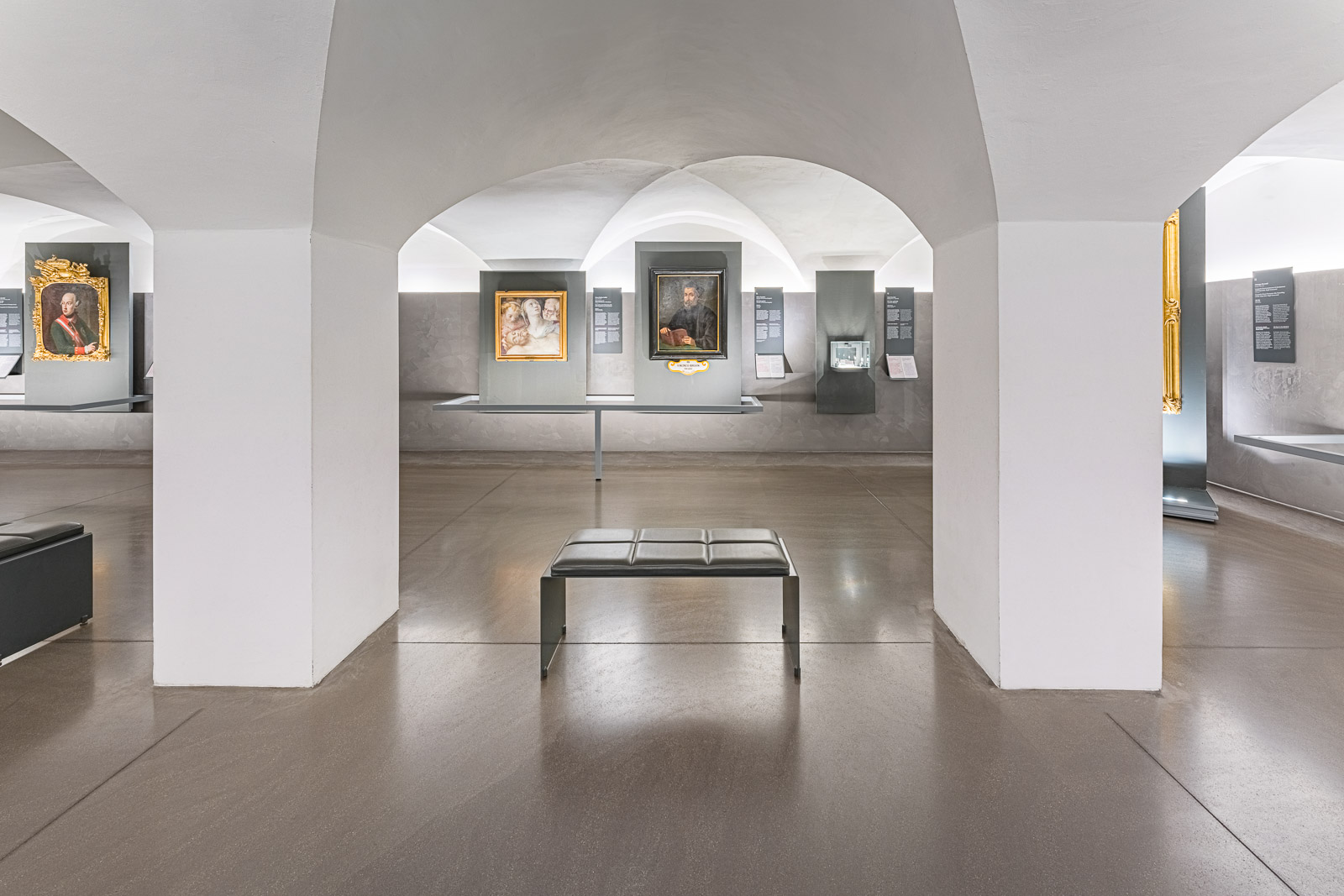
Among the works are the portraits of illustrious figures 1 who played a fundamental role in the founding and evolution of the institution and the painting of Our Lady of the Innocents 2 who protects under her large cloak the boys and girls of different ages received into the Hospital: the swaddled infants are supported by the older ones, who wear white or black tunics, with the image of the swaddled putto on the tunic, symbolizing their bond with the great family of the Innocents.
Of artistic and symbolic significance are the two terracotta statues by Marco della Robbia depicting the Madonna in adoration and St. Joseph 3 that were probably part of a nativity scene, which has not come down to us but is mentioned in a document from 1628. It has been hypothesized that the statues were placed to welcome the abounding children and that each of them took their place in the role of the infant Jesus.
Of artistic and symbolic significance are the two terracotta statues by Marco della Robbia depicting the Madonna in adoration and St. Joseph 3 that were probably part of a nativity scene, which has not come down to us but is mentioned in a document from 1628. It has been hypothesized that the statues were placed to welcome the abounding children and that each of them took their place in the role of the infant Jesus.
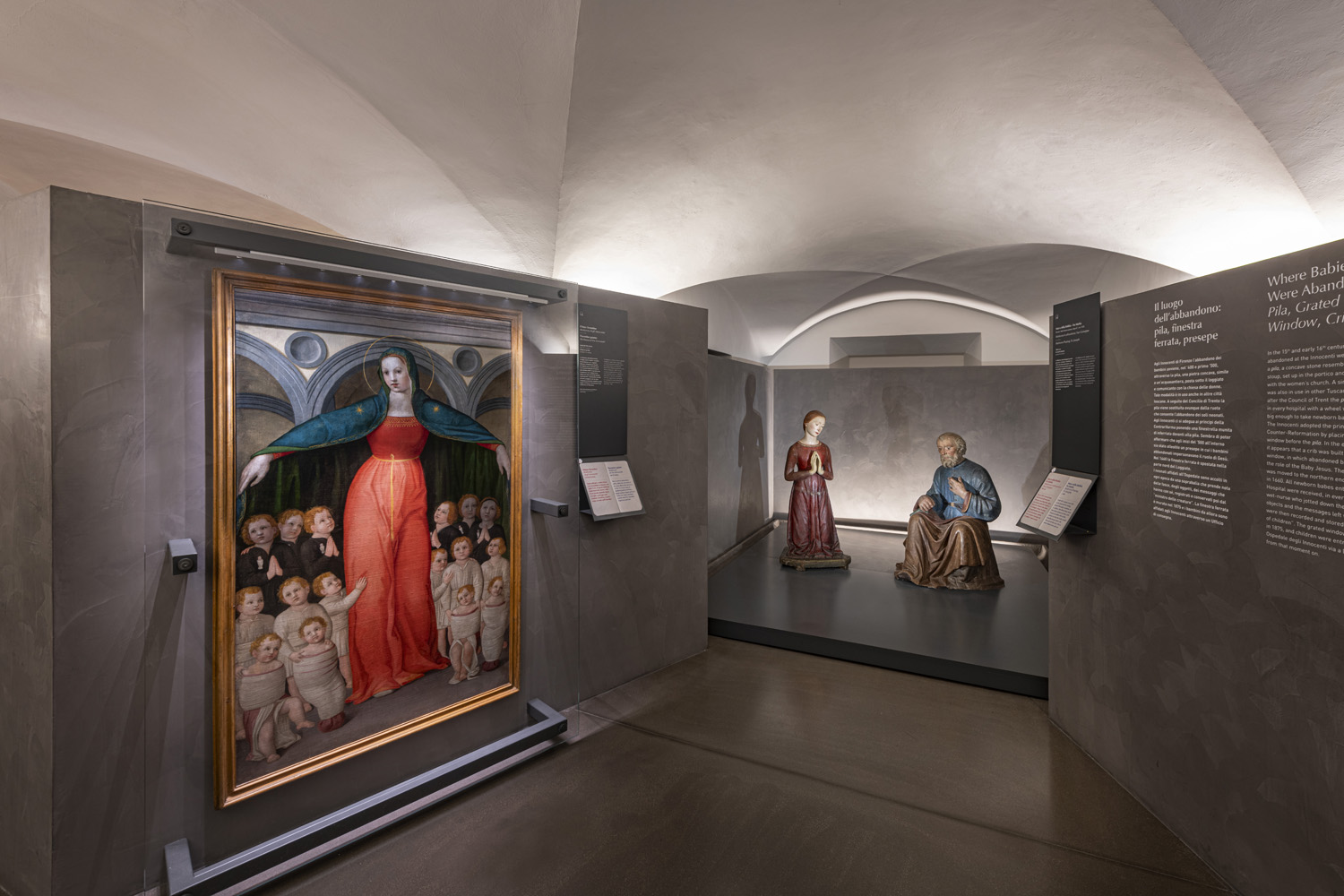
In the hall at the end of the corridor is an installation of drawers 4 in which are kept about 100 identification signals, small objects of various kinds, broken in half and left by the parents together with the child at the time of abandonment, in the hope of one day being reunited with their child. From the signal data, it is possible to trace the history of the child through Archive records that can be consulted at special touch screen stations in the room. To explore the topic further, it is possible to visit the permanent Exhibit "The Other Half I Will Keep" 5 in the corridor next door, which tells the story of the function and use of signals over the centuries.
Preceding the exhibition is a corner dedicated to children 6 in which the video "The Broken Coin" narrated by Tino the Nocentine is shown.
Preceding the exhibition is a corner dedicated to children 6 in which the video "The Broken Coin" narrated by Tino the Nocentine is shown.
The tour continues with an installation of photos taken by the Brogi Establishment on the occasion of the 1900 Paris World's Fair, in order to present the care activities carried out by Institute 7. The final part is dedicated to the more recent history and evolution of activities since the second half of the 1900s, with video testimonies of people who have been taken in at the Institute or who have experienced foster care and adoption. 8
